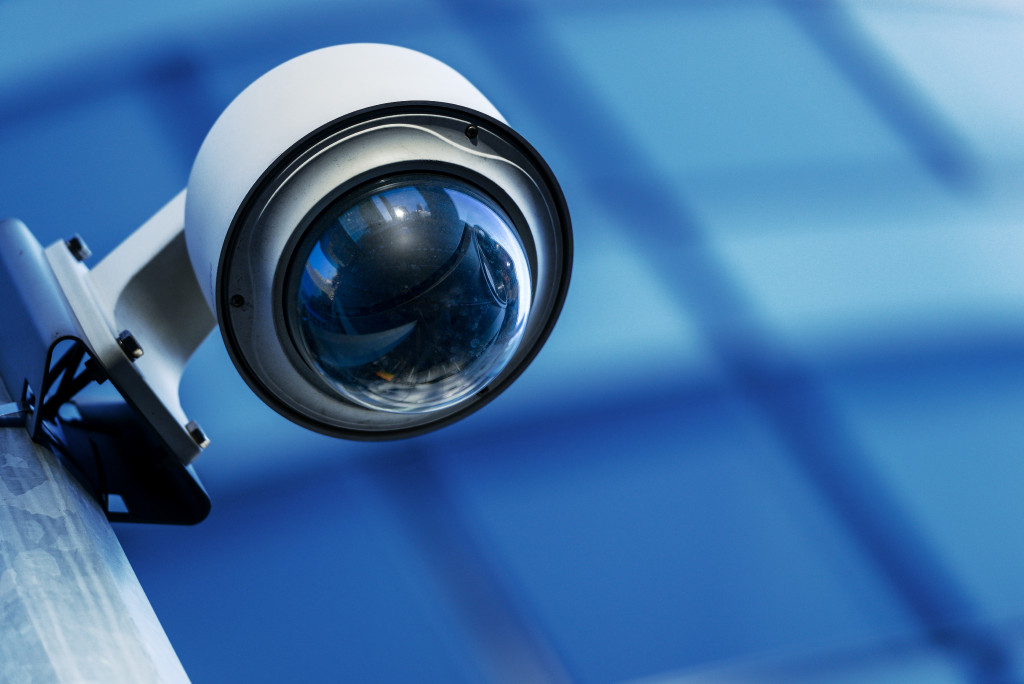- Developing a clear plan for improving school infrastructure is crucial for a conducive learning environment.
- Including strategies for maintenance and repairs in the budget is essential to ensure the safety of staff and students.
- Identifying potential funding sources for infrastructure upgrades is a crucial task.
- Those who wish to contribute to infrastructure improvements can utilize modern technologies.
- Regular inspections of school buildings and implementation of safety protocols are crucial for a secure learning environment.
Quality school infrastructure is essential to providing students with the best possible education. With the right facilities, teachers can create an environment conducive to learning and development.
Unfortunately, many school systems don’t have the resources or knowledge to provide adequate infrastructure for their students. This article will discuss how you can ensure your school has the necessary infrastructure for a high-quality educational experience.
Develop a clear plan for improving the infrastructure
Developing a clear plan for improving infrastructure is essential for any school system. Here are some tips on how to do this:
Include strategies for maintenance and repairs
Ensuring quality school infrastructure is crucial to cultivating a conducive learning environment for students. For this purpose, you must include strategies for maintenance and repairs in the budget. It is important to have a well-maintained school infrastructure that is safe for staff and students.
Without proper maintenance and repairs, classrooms may not be well-maintained and can become unsafe, hampering learning. One strategy is to hire a reliable roof repair contractor for periodic checkups and repair of any damages.
By promptly addressing the repairs and maintenance, schools can prevent any serious damage, thus saving money on costly repairs in the long run. Therefore, taking these steps to ensure proper maintenance and repairs in the budget will help schools save money and create a safer learning environment for the students.
Discuss infrastructure needs with staff and students

Effective communication and collaboration between school staff, students, and stakeholders is essential for ensuring quality school infrastructure. You can play a critical role in initiating these discussions and leading toward improvements. By approaching these discussions with empathy and listening to the needs of those involved, you can build trust and foster a sense of shared ownership in the process.
You need to recognize the impact of quality infrastructure on students’ overall well-being and success and advocate for improvements that will benefit everyone involved. By taking a proactive approach and incorporating diverse perspectives, you can help schools to achieve their infrastructure goals and create safe, engaging learning environments for all.
Identify funding sources to support upgrades
Proper identification of funding sources for infrastructure upgrades is essential for any institution, including schools. Though comprehensive infrastructure upgrades might seem daunting, the first step is to identify potential funding sources.
You can start by exploring government programs and policies, as many countries have various grants and incentives available specifically for infrastructure upgrades, including schools. Additionally, you can seek funding from private organizations or financial institutions which may offer loans or grants for such projects.
Identifying these funding sources is crucial in ensuring that schools can provide students with the best learning environment possible. Upgraded infrastructure can help ensure that schools are better equipped to meet the diverse needs of students, from enhancing classrooms with interactive and engaging technologies to providing safe and functional facilities.
Schedule regular inspections
Regular inspections become essential to preserve their quality as facilities deteriorate over time. That’s why school facility managers should prioritize conducting thorough inspections that cover the school buildings and other facilities. Problems such as cracks in the walls or mold growth can be identified and addressed early through inspections.
This ensures the safety and well-being of students and staff members and helps maintain quality school infrastructure. You should plan such inspections well and ensure they are carried out regularly, as it helps safeguard the institution’s future.
Implement safety protocol measures

As society continues to acknowledge and combat issues related to school violence, it is imperative for you to properly implement safety protocol measures to protect students and teachers alike. This ensures a quality school infrastructure and creates a sense of peace and security within the educational environment.
From strategically placed surveillance cameras to well-practiced emergency drills, you can play a crucial role in ensuring that schools are equipped to handle any potential danger. By taking proactive measures to safeguard the well-being of students and teachers, you can contribute to a more productive, positive, and secure learning environment for everyone involved.
Utilize modern technologies
Modern technologies such as smart boards and digital classrooms have revolutionized education in today’s digitally-driven world. Those who wish to contribute to improving school infrastructure can utilize these technologies efficiently to ensure quality education for children. By implementing digital classrooms, where students can access knowledge at their own pace from any location, you can ensure that children in remote areas can access quality education.
Integrating smart boards in classrooms also makes teaching more interactive and engaging, enhancing students’ understanding of concepts. By using these modern technologies, you can create a level playing field for all children and contribute towards building a better-equipped generation for the future.
These are just some of how you can ensure quality infrastructure for schools. Improving school infrastructure requires attention to detail and a holistic approach to significantly impact student learning and staff morale.




